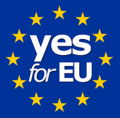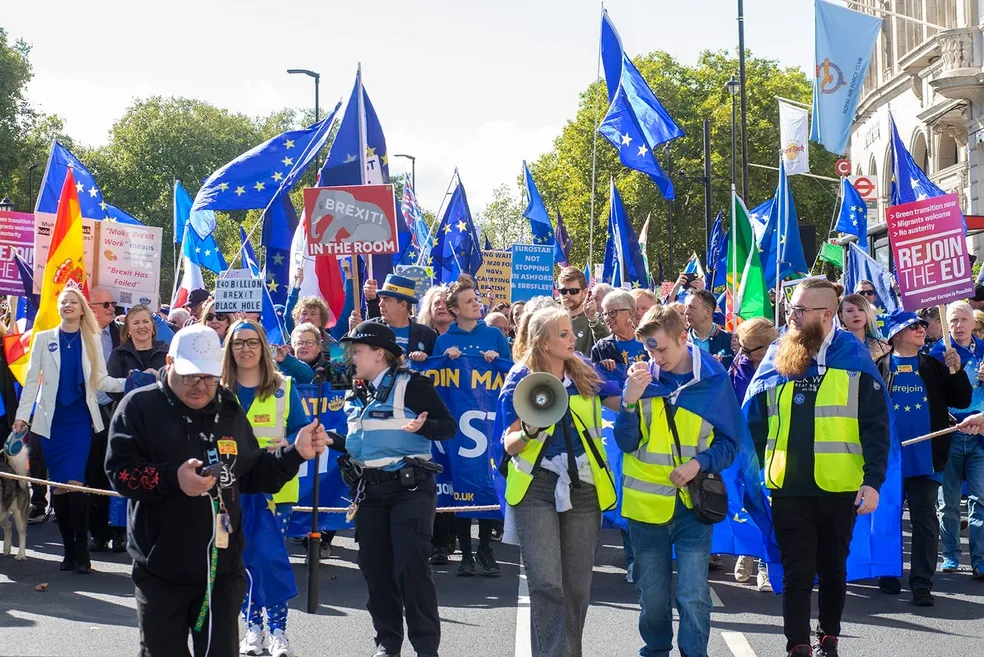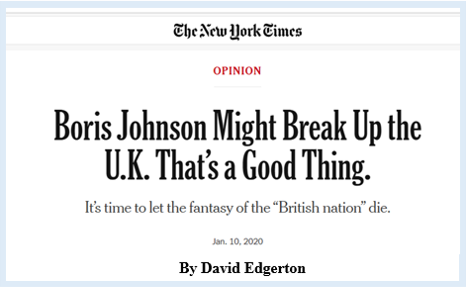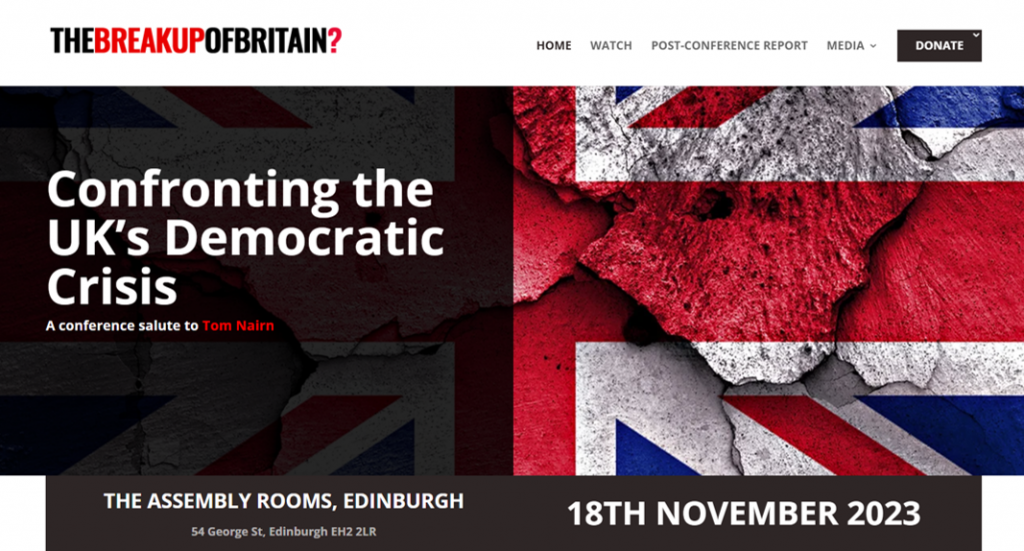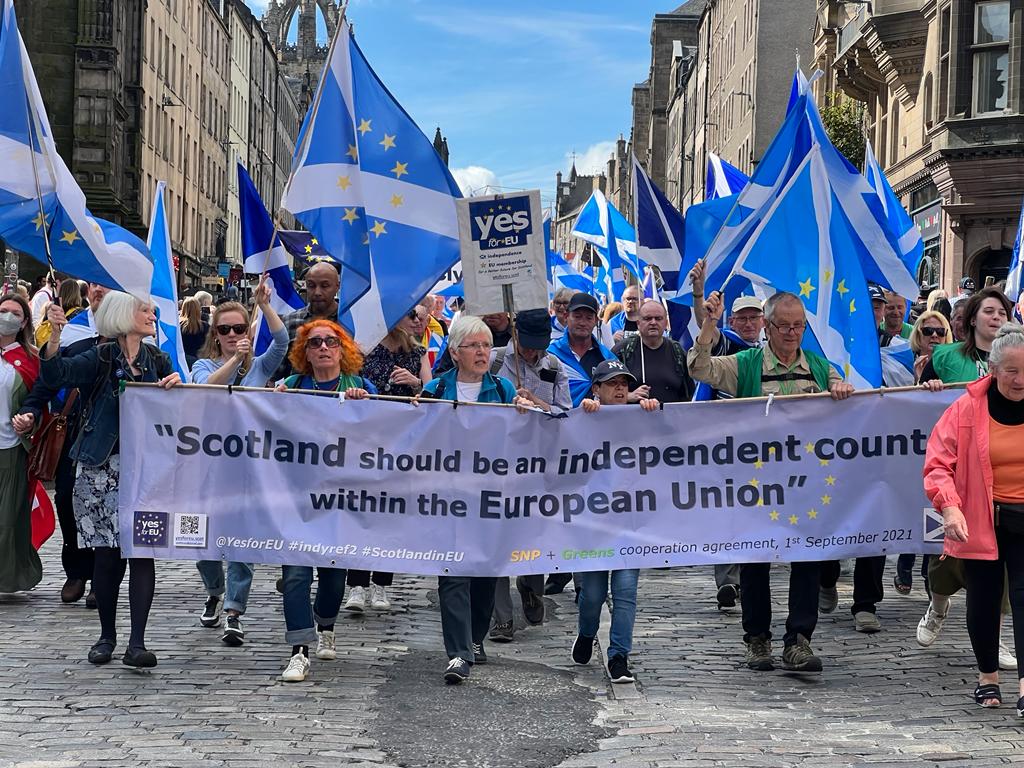Pro-EU groups south of the border – what are they campaigning for?
by Morag Williamson, Yes for EU team
It’s great to see that pro-EU organisations based south of the border are alive and kicking, including the European Movement UK (EMUK), Grassroots for Europe (GfE), and National Rejoin March (NRM). In Yes for EU we naturally focus our campaign activities on our own twin aims of independence and EU membership for Scotland, however we also support in spirit the pro-EU efforts by England-based groups.

Image credit: europeanmovement.co.uk
Note, however, that these groups do not constitute a homogeneous movement – they vary in their pro-EU aims. The European Movement UK (EMUK) is the foremost and most influential of the England-based pro-EU organisations. Their leadership team currently comprises Mike Galsworthy, Caroline Lucas and Dominic Grieve, all with impeccable anti-Brexit credentials. According to their website, EMUK’s perspective on the EU-UK relationship is that: “The UK’s economic and political interests, and the global pursuit of our shared values of peace, freedom, democracy, human rights and the rule of law are best achieved through the UK rebuilding closer ties with the European Union [my italics]…. The European Movement’s mission now is to address head-on the issue that UK politics is avoiding: acknowledging and highlighting the damaging impacts of Britain’s decision to leave the European Union. It is in the UK’s national interest to reverse that damage and build back our relationship with the EU.” [my italics]. All good stuff, but there is no mention of seeking EU membership; EMUK’s vision for the UK is evidently not to Rejoin.
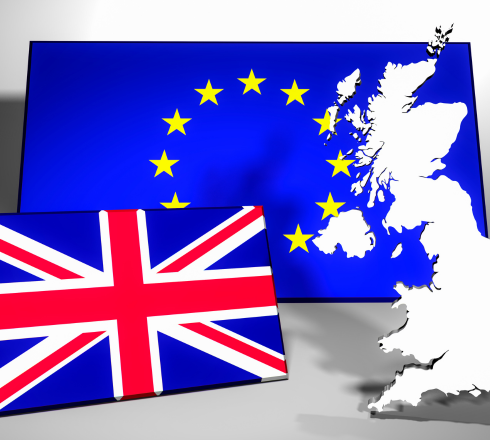
Image credit: euromovescotland.org.uk
This aim of ‘rebuilding closer ties with the EU’ is a gradualist or incrementalist approach, which urges the UK government to negotiate with the EU to obtain specific benefits step-by-step, such as access to the single market and customs union, freedom of movement, visas for artists and musicians, full access to Erasmus and European research programmes etc. The European Movement in Scotland (EMiS) appears to be adopting this approach too. In a letter published in the National (22/10/2024), EMiS Chair David Clarke states that their “ambition is to see Scotland back inside the institutions of the EU at the earliest possible time”. This stops short of saying they want Scotland to be a member, or even that they want the UK to be a member again. It also fails to elaborate on Scotland’s possible routes back to EU membership – ie either via independence or as part of the UK – but setting that important issue aside for the moment, the point here is that instead of campaigning for Scotland or the UK to join/rejoin, EMUK and EMiS see the UK Labour government as the best hope of trying to recover, piecemeal, some of our lost EU benefits (reminder: this is a government that has stated time and again that it will ‘make Brexit work’, with a leader who says Britain will not rejoin the EU in his lifetime).
A contrasting approach is presented by another England-based pro-EU organisation, Reboot Britain. It has published a ‘White Paper’ by its founder, Peter Cook, who puts a detailed cross-party case for the UK to rejoin the EU. The paper sets out ‘Five Strategies to Rejoin’, and the group is pursuing a campaign of letter-writing to MPs and high-profile figures to seek support for Rejoining outright. The paper is here: Reboot Britain – Rejoin EU.pdf – Google Drive. There are online meetings every Monday evening at 8pm, open to everyone interested, and full details of the campaign are here.
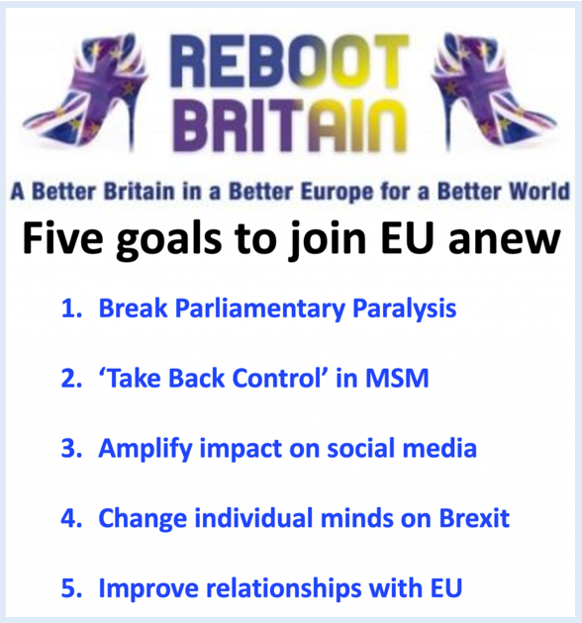
Image credit: brexitrage.com
Reboot Britain rejects the incrementalist position, which Cook also refers to as ‘fundamentalist’. He claims that “1000 ameliorations through a series of micro deals will not get the UK to a point of sustainable growth and resilience.” He argues that incrementalism may ultimately be self-defeating, as it may result in the UK never reaching the goal of Rejoining the EU: some sectors of the population will gradually have their needs satisfied and the overall number of those who wish to Rejoin will decline. From the EU perspective, politicians tend to be sceptical of the incrementalist approach, seeing it as a continuation of British ‘cakeism’, whereby the UK government apparently still believes it can extract benefits from the EU, which are actually membership benefits, but without seeking to become a member.
As fellow UK citizens, we in Yes for EU sympathise with the pro-EU folk south of the border and we support the spirit of their campaign efforts. As fellow grassroots campaigners constantly trying to make the most effective use of limited resources, we recognise that the question they are dealing with now down south is whether to engage in a protracted series of many minor battles for small gains, ie an incrementalist approach, or embark on one major battle for the whole package of benefits, namely EU membership. We would encourage them not to be timid in the face of current Westminster party politics which pander to the right; we urge them to reject incrementalism, which not only lacks ambition but is also likely to be ineffective. Indeed, with Rejoiners now in the majority in the population – even in England! – the case for a decisive government policy to Rejoin is stronger than ever right now. A vigorous UK-wide ‘Rejoin now!’ campaign would not be inconsistent with Yes for EU’s aims; indeed, if explicit support for Scottish independence and the break-up of the UK were to be incorporated into the campaign, this would be in our mutual interest: it would enhance the campaign rationale and offer more than one potential way forward – not just EU membership for the UK, and not just EU membership for Scotland, but EU membership for England and the other nations!
